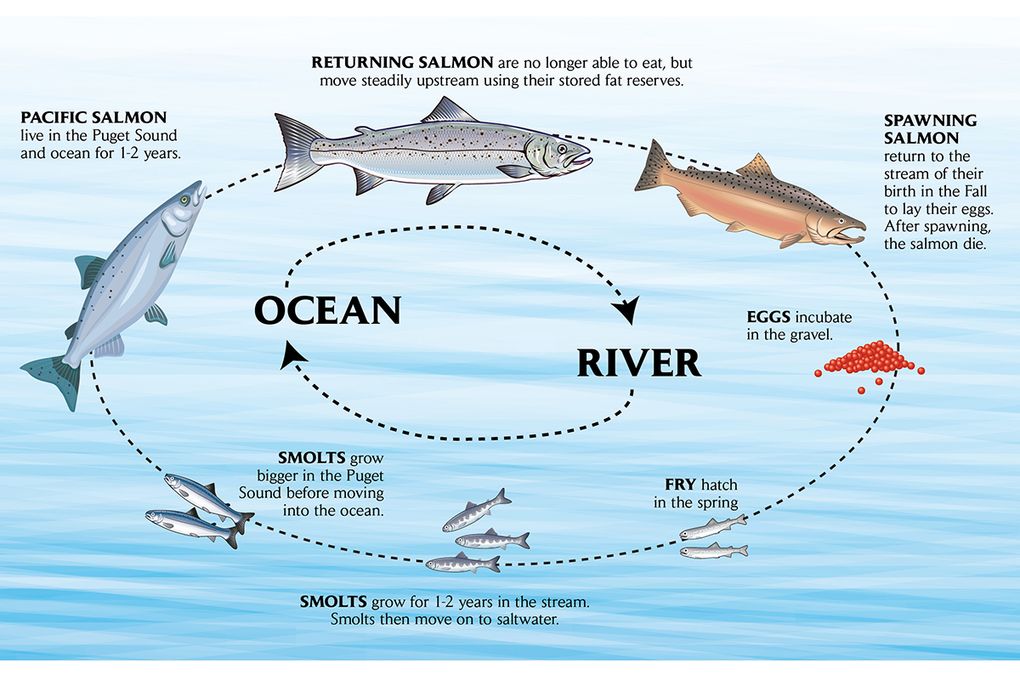Scientists agree that habitat loss and overhunting are the major threats to mountain lion populations. While cougars are one of the most adaptable of the large carnivores, their populations are vulnerable to extinction. A keystone species in California, mountain lions play a critical role in maintaining the state’s ecosystem. This means that the abundance of mountain lions disproportionately effects their environment compared to other animals. Mountain lions play a critical role in maintaining the structure of their ecological community, affecting many other organisms in their ecosystems and helping to determine the types and numbers of various other species in their community. Without mountain lions, the ecosystem would be dramatically different or cease to exist altogether.
WildFutures is one organization that is dedicated to protecting and preserving mountain lions. They work with scientists and wildlife agencies to understand and convey the role that top predators, such as wild lions, play in their landscapes. Their fight for the protection of wild lions is done with a combination of education, media, and science. They provide training resources materials and coaching for organizations agencies and scientists. Other organizations that are helping to maintain our mountain lion population are the Mountain Lion Foundation and the Mountain Lion Conservation organization.
With help from you, we can work to guarantee Mountain Lions' safe and rightful place and ensure that these remarkable, affectionate, caring, and critical animals are around long into the future.
If you would like to watch the story of a family of mountain lions and learn more about their journey, follow the link below!


